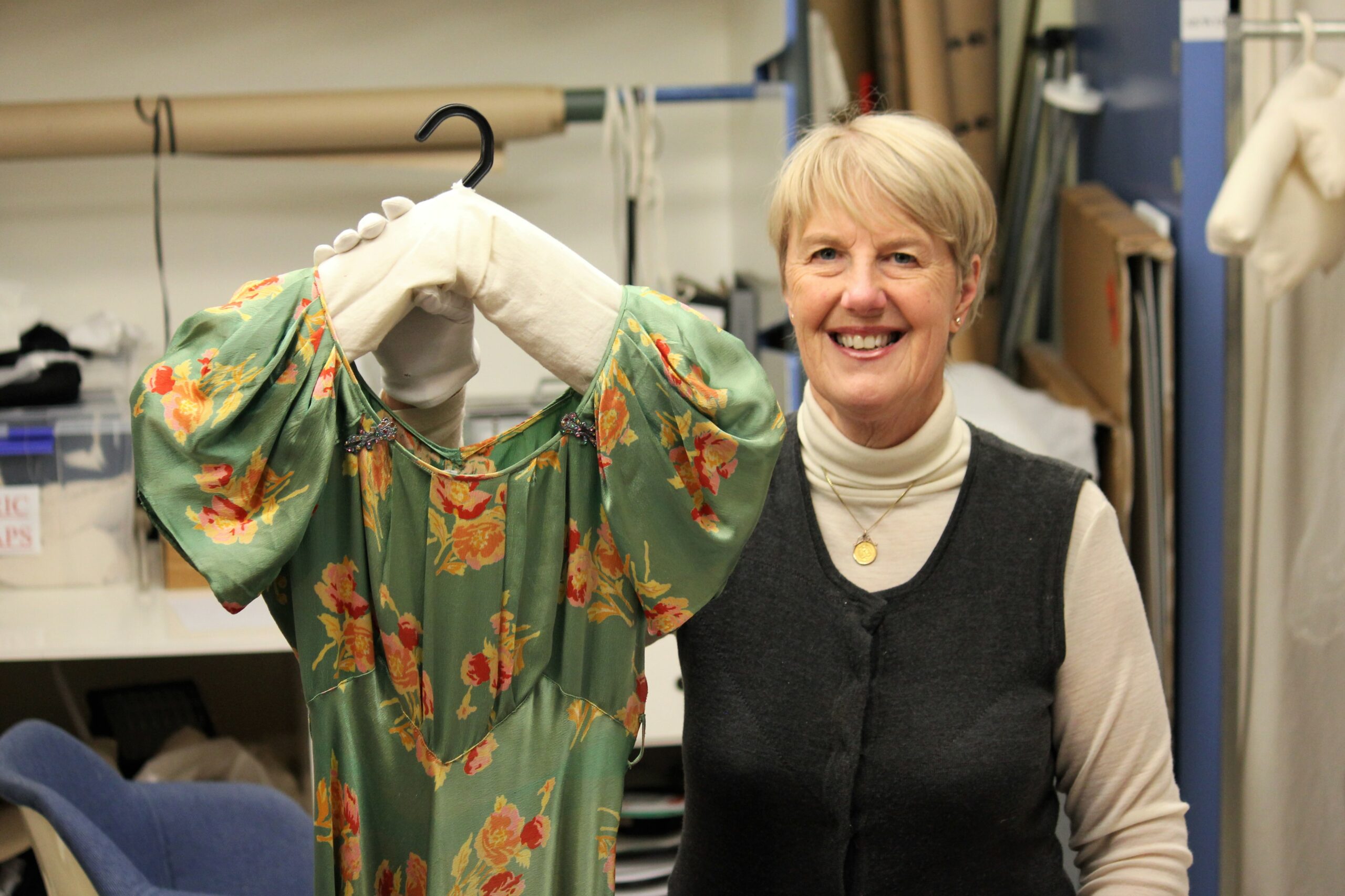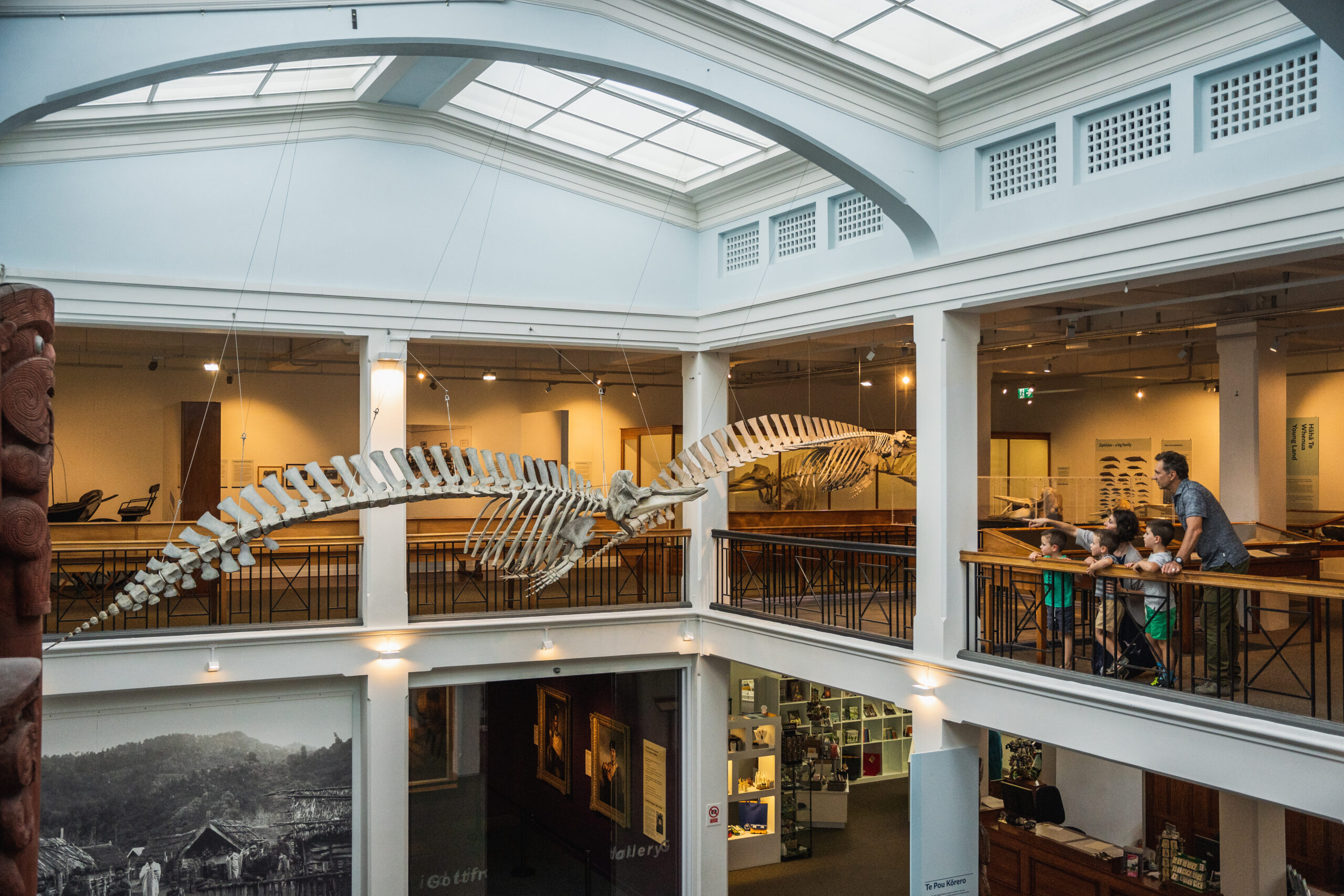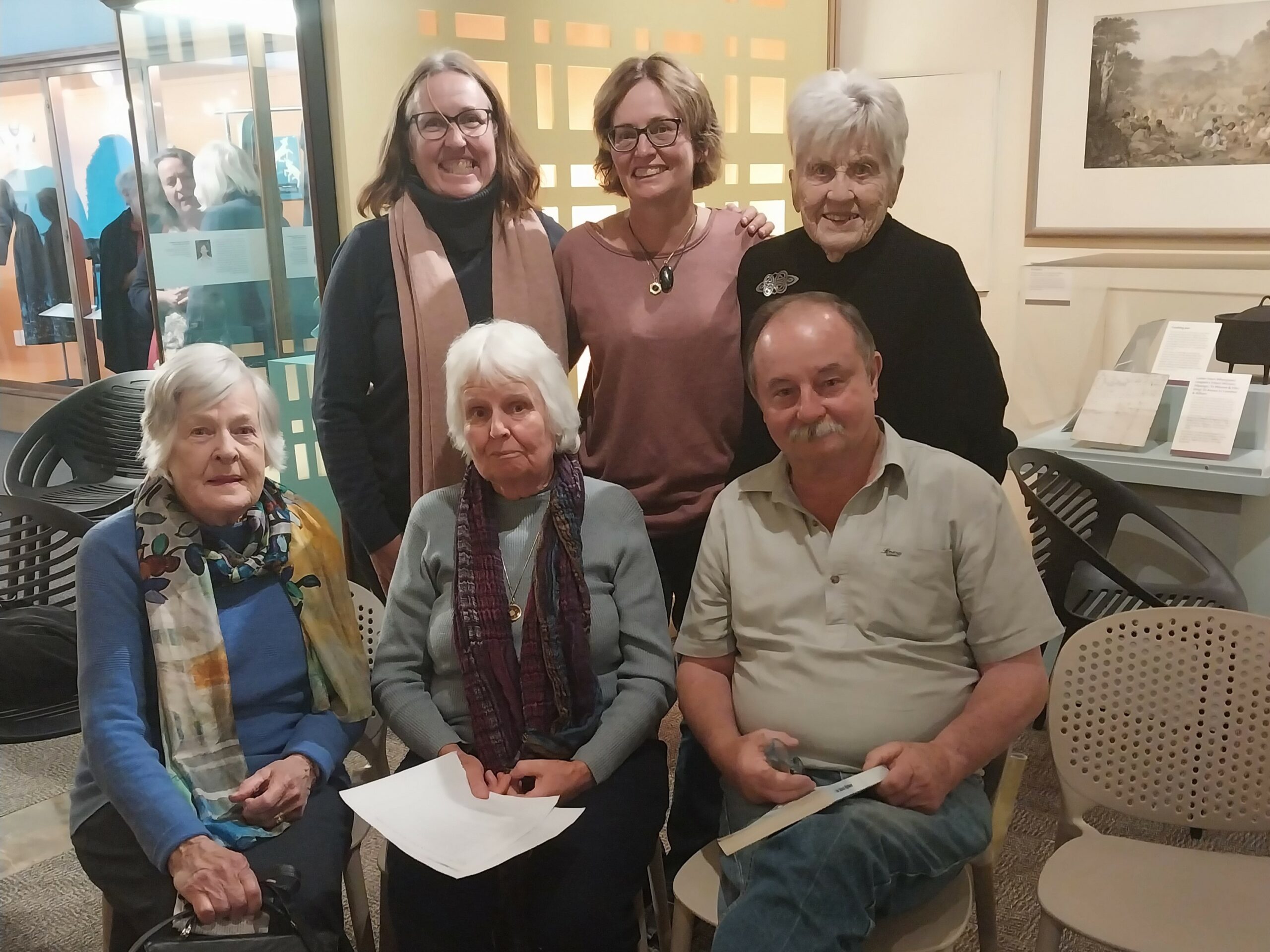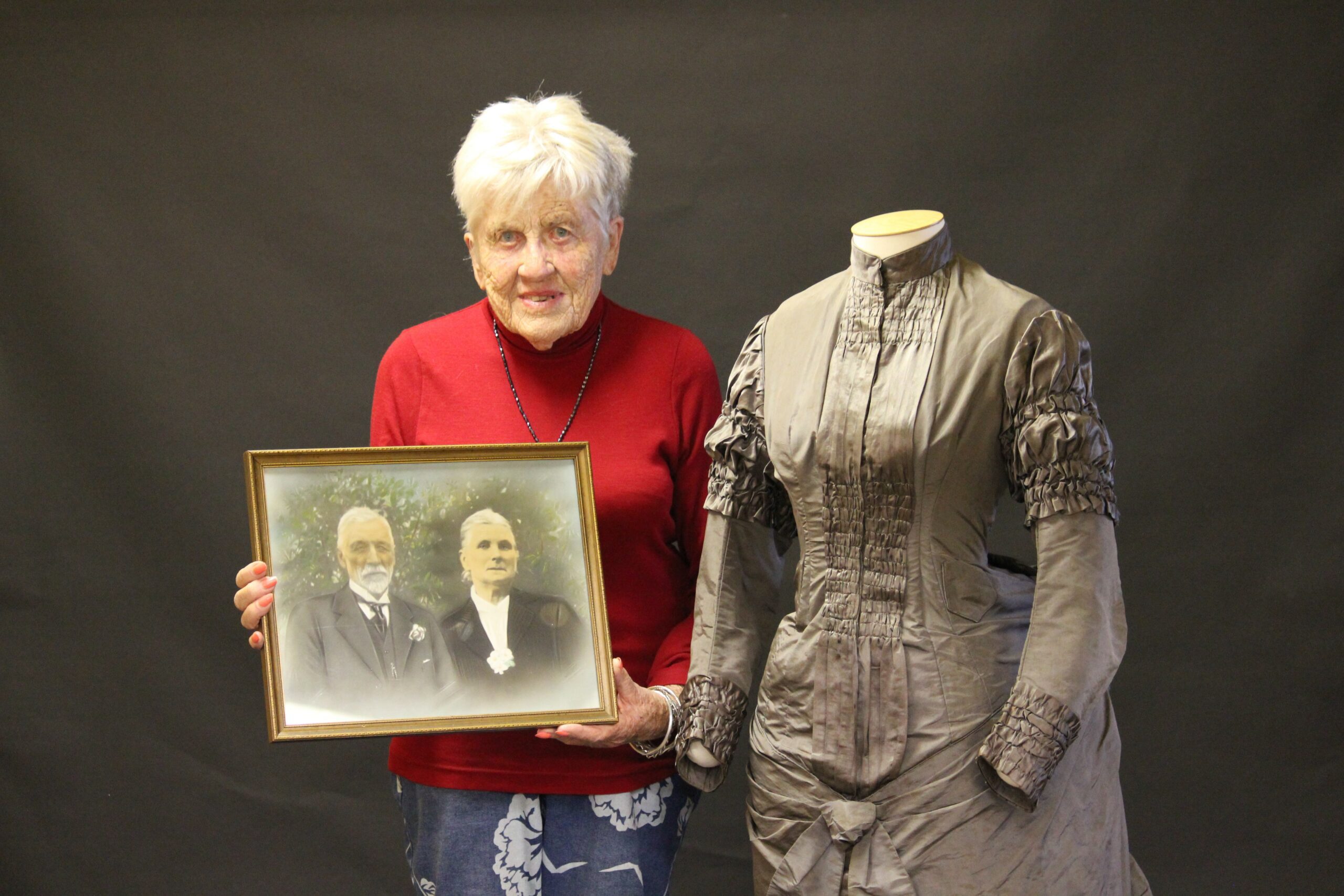News
Six cases of butterflies and moths have been installed at the Whanganui Regional Museum in Aitanga-a-Pepeke – The Smallest Creatures exhibition. Creating collections of pinned butterflies used to be a popular hobby. The collection on display, mostly from Asia and Australia, was assembled by Howard C Edwards and gifted to the Museum in 1948.
Butterflies and moths are grouped by scientists in the insect order Lepidoptera. Tiny scales on lepidoptera wings gives them their colours and patterns. The bright iridescent wings of some butterflies are created by the shape of their scales, which catch and scatter light at different angles, creating vivid blues and purples. The appearance of the colour can change according to the angle of light. As we look at them from different positions, we can see their wings change from light blue to dark, or from blue to purple or from green to almost black.
There are more than 150,000 named species of moths and butterflies globally. Like other insects, butterflies and moths have six legs and three body parts: the head, thorax and abdomen. Adults have two pairs of wings: one pair of forewings and one pair of hindwings. Caterpillars have no wings. Some butterflies, such as monarchs and admirals walk around on only four of their six legs. Their front two legs are very short with little brushes at the end.
Butterflies are usually more colourful than moths and have knobbed antennae. They fly around during the day, and rest with their wings held together.
Moths rest with their wings folded or spread flat. Their antennae have pointed tips and can be feathery. Moths are mostly nocturnal and are usually camouflaged, protecting them from predators such as birds and bats.
Both butterflies and moths have long tubular tongues which they use for sucking nectar from flowers. When they are not drinking, they keep their tongues tightly curled up. Butterflies and moths smell with their antennae and taste with their feet. Some can hear with their antennae, and some have ears in other places, such as on their wings or their bodies.
As plant pollinators, butterflies and moths play an important part in natural ecosystems. Use of insect pesticides and herbicides is reducing the populations of lepidoptera species globally.
Adult butterflies and moths need nectar from flowers and their caterpillars need specific plants to feed on. Many lepidoptera species rely on just one species of host plant. Caterpillars of the beautiful kahukōwhai, the yellow admiral, rely on common nettle as their food. Monarch butterflies need milkweed for their caterpillars to eat.
When caterpillars are fully grown, they form a chrysalis or a cocoon. The pupa inside changes completely and emerges weeks later as a fully formed adult with wings, long antennae and spindly legs.
In Aotearoa there are at least 25 species of butterflies and over 1,700 species of moths. Many of the moths are tiny and endemic, found only in New Zealand. Eleven of the butterflies are endemic. Others have come from overseas and are now resident here. Some Australian butterflies are occasionally blown to the West Coast of New Zealand on wind currents.
By Margaret Beautrais, Pou Mātauranga/Educator, Whanganui Regional Museum
Image: Butterflies and moths of the world, Assembled by Howard C Edwards. Gifted by Mrs H C Edwards, 1948
WRM 1948.29.11 & 12





